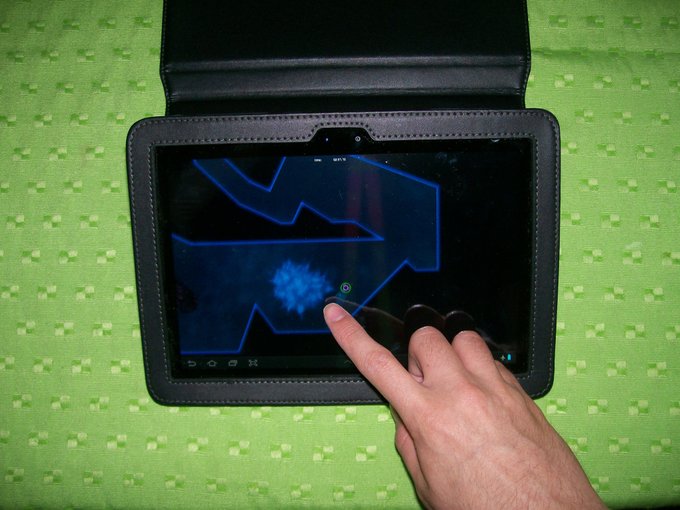So I got my new game done for the GITHUB game-off. If I spend more time on it I'm going to do alot more. Add power-ups, different ammo to produce modified clones, more level hazards better animations different art etc... Did alright for a months worth of free-time. Which my last project took like 8 months, so this was really nice to punk it out quick and see what happens. Wish me luck!



10 levels in total. It autosaves so feel free to take a break and continue later.
Checkout the video here:
http://www.youtube.com/watch?v=nX2diMaFD_A&feature=youtu.be
Play it here:
https://dl.dropbox.com/u/77761952/Archetype/WebPlayer/WebPlayer.html
That looks amazing can't wait to play it!



10 levels in total. It autosaves so feel free to take a break and continue later.
Checkout the video here:
http://www.youtube.com/watch?v=nX2diMaFD_A&feature=youtu.be
Play it here:
https://dl.dropbox.com/u/77761952/Archetype/WebPlayer/WebPlayer.html
That looks amazing can't wait to play it!







